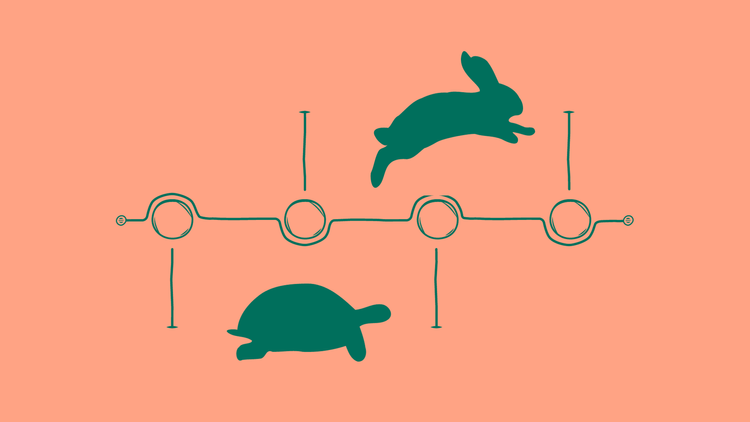City Farms, Big Business
An astonishing fact that directly impacts cities
We’ll need to produce more food in the next 30 years than we have in the last 10,000, all while managing a diminishing supply of water and arable land.
By 2050, 75% of the world will live in cities.
For those of us interested in solving the world’s biggest problems, all surfacing in cities, three-quarters of our collective bandwidth should be trained on global warming and renewable energy, physical and digital security, economic development, food production, and a few other big issues.
Other than being important to survival, these areas have something in common: historically, each has been the jurisdiction of large, slow-to-respond agencies or companies.
In other words, these global problems — each with multi-billion person markets — should be fixed by small, committed teams.
Bowery is a good example.
Food production in America is heavily centralized. There are any number of documentaries that outline the monopoly power of a small number of food producers and distributors.
Like most industrial companies, large agriculture has structural advantages — distribution, pricing power, regulation — that largely prohibit open competition.
But when it becomes technically feasible to grow crops indoors, like Bowery does, the advantages of agriculture incumbency quickly shrink. Indeed, when the rules change, small teams moving quickly become very scary for slow-moving incumbents.
From food to energy to politics, the strategy of incumbency works until it doesn’t.





